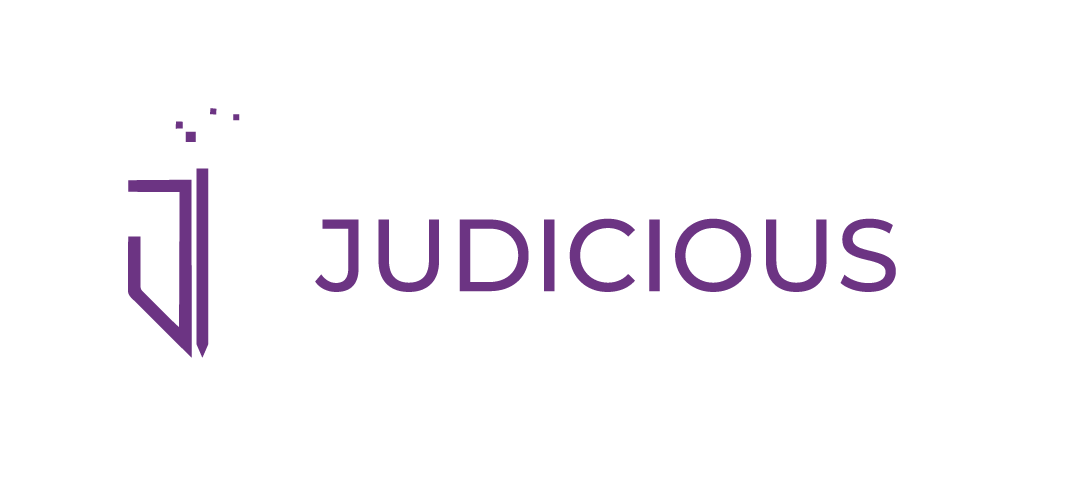In today’s hyper-connected era, digital literacy is no longer a luxury; it is a fundamental necessity. As technology continues to redefine the way we live, work, and learn, equipping students with the skills to navigate the digital landscape has become a priority. This article explores the significance of digital literacy in the modern world, its core components, and effective strategies to empower students for a digitally driven future.

What is Digital Literacy?
At its core, digital literacy refers to the ability to effectively find, evaluate, create, and communicate information using digital technologies. It encompasses a wide range of skills, from basic computer proficiency to advanced competencies like coding and cybersecurity awareness. Digital literacy is not just about technical know-how but also about understanding the ethical and responsible use of technology.
Why is Digital Literacy Crucial in a Connected World?
The proliferation of digital technologies has transformed nearly every aspect of our lives. Here’s why digital literacy is indispensable for students:
1. Preparing for the Workforce
Today’s employers demand more than traditional literacy. Digital fluency is a prerequisite for many jobs, spanning industries such as finance, healthcare, and education. Proficiency in tools like Microsoft Office, Google Workspace, and collaboration platforms such as Slack and Trello has become essential.
2. Enhancing Learning Opportunities
Digital tools have revolutionized education. Students with strong digital literacy skills can access a wealth of online resources, participate in virtual learning environments, and engage in collaborative projects with peers across the globe.
3. Navigating the Digital Information Landscape
The internet is rife with misinformation. Critical thinking skills are vital to distinguish credible sources from unreliable ones. Digital literacy empowers students to assess the validity and relevance of information.
4. Fostering Responsible Digital Citizenship
From social media etiquette to understanding online privacy, digital literacy teaches students how to engage responsibly in the digital world. This includes safeguarding personal data and respecting intellectual property rights.
Key Components of Digital Literacy
To fully prepare students for a connected world, digital literacy must encompass the following dimensions:
1. Technical Proficiency
Students must master the basics of hardware and software, including typing, managing files, and using productivity tools.
2. Media Literacy
The ability to critically evaluate and create content in various formats, from blogs to videos, is a vital part of digital literacy.
3. Information Literacy
Students should know how to locate, evaluate, and use information effectively while avoiding plagiarism.
4. Communication and Collaboration
The digital age demands seamless communication across various platforms. Students must learn to use email, instant messaging, and video conferencing tools effectively.
5. Ethical and Safe Technology Use
Understanding the implications of digital footprints, practicing cyber safety, and adhering to ethical standards are fundamental.
Strategies to Cultivate Digital Literacy in Students
1. Integrating Technology into the Curriculum
Educators should incorporate digital tools into lessons to provide students with hands-on experience. For instance, using platforms like Google Classroom or Edmodo encourages collaborative learning.
2. Teaching Critical Thinking Skills
Students must be equipped to evaluate online content critically. Exercises that analyze case studies of fake news can enhance their analytical abilities.

3. Encouraging Creative Digital Expression
Fostering creativity through digital storytelling, graphic design, or video editing not only builds technical skills but also nurtures artistic expression.
4. Promoting Cybersecurity Awareness
Workshops on recognizing phishing attempts, managing passwords, and understanding online threats can help students stay safe online.
5. Partnering with Parents
Parents play a crucial role in reinforcing digital literacy at home. Schools should provide resources to guide parents on supporting their children’s digital learning.
The Role of Schools in Advancing Digital Literacy
Schools are at the forefront of preparing students for the challenges of the digital age. Here are some actionable steps schools can take:
1. Establishing Dedicated Digital Literacy Programs
Designing courses that focus specifically on digital skills ensures students receive structured and comprehensive training.
2. Providing Access to Technology
Equipping classrooms with up-to-date devices and ensuring internet access is vital for hands-on learning.
3. Offering Professional Development for Teachers
Teachers must stay ahead of the curve. Training programs on emerging technologies and pedagogical approaches can empower educators to lead effectively.
4. Collaborating with Industry Experts
Partnering with tech companies and inviting guest speakers can expose students to real-world applications of digital literacy.
Future Trends in Digital Literacy Education
As technology evolves, so too must our approach to digital literacy. Here are some emerging trends:
1. Emphasis on AI and Machine Learning
Understanding how AI impacts society and integrating basic AI tools into education will become increasingly important.
2. Gamification of Learning
Interactive and game-based learning platforms make digital literacy engaging and effective.
3. Focus on Inclusivity
Efforts to bridge the digital divide will ensure that all students, regardless of socioeconomic background, have access to digital literacy resources.
4. Lifelong Learning Opportunities
Digital literacy is not static. Continuous learning will be essential to adapt to technological advancements.

Conclusion
In a world where technology touches every facet of life, digital literacy is the cornerstone of success. By equipping students with the skills to navigate, evaluate, and create in the digital realm, we empower them to thrive in an interconnected world. It is our collective responsibility to ensure that digital literacy becomes a universal standard in education.
FAQ’s
What is digital literacy?
Digital literacy refers to the ability to use digital technologies effectively, safely, and responsibly. It includes skills like using devices, evaluating online information, understanding cybersecurity, and creating digital content.
Why is digital literacy important for students?
Digital literacy equips students with the tools to excel in academics, navigate the digital information landscape, and prepare for technology-driven careers. It fosters critical thinking, responsible digital citizenship, and enhanced learning opportunities.
What are the key components of digital literacy?
The core components of digital literacy include:
Technical proficiency (basic hardware and software skills)
Media literacy (evaluating and creating content)
Information literacy (research and data analysis)
Communication and collaboration (digital communication tools)
Ethical use of technology (cybersecurity and digital etiquette)
How can schools promote digital literacy?
Schools can advance digital literacy by:
Integrating technology into the curriculum
Providing access to up-to-date devices and internet
Offering specialized digital literacy programs
Conducting teacher training on emerging technologies
Partnering with tech experts for workshops and seminars
What role do parents play in digital literacy education?
Parents can support digital literacy by:
Encouraging safe and responsible use of technology at home
Monitoring online activities and setting boundaries
Providing access to educational tools and resources
Collaborating with schools to reinforce learning
How does digital literacy prepare students for the future?
Digital literacy ensures that students are ready for the demands of modern workplaces, can critically evaluate online information, and understand the ethical implications of their digital actions. It also fosters adaptability to emerging technologies like AI and machine learning.
How can educators teach digital literacy effectively?
Educators can use the following strategies:
Incorporating real-world examples of digital issues
Conducting interactive workshops or gamified lessons
Teaching critical thinking and fact-checking skills
Encouraging creativity through digital tools

